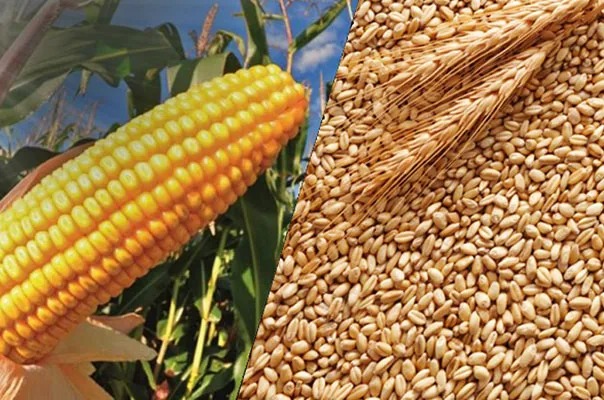This week, the temperature dropped in the western and southwestern regions of the state and there were rains in several places, which was favorable for crop development. Most second crop corn crops are in the flowering stage and conditions are good.
Wheat continues to be planted in the region during the month of May, and more than 50% of the area has already been planted. Humidity conditions
conditions are favorable for planting wheat, and so far no major problems have been reported, except for the mild temperatures this week, which could delay the plant cycle, especially corn, with a increased risk of a possible freezing event.
The fall in the prices of the main raw materials, in particular corn, has led some producers to reduce their investments in crops. The second soybean harvest begins, but still slowly and with low productivity. bean cultivation
shows good development, with most crops in the reproductive phase.
However, the cold period is worrying and can affect the crops, even if for the moment it does not pose major problems. The bean harvest is still in its infancy but is expected to intensify next week. Corn silage production is
completed, with good yields, and hay production continues at an accelerated pace. Buckwheat crops, with a small area in the region, are in the flowering phase.
South
Temperatures have dropped in the southern region, with temperatures below 2°C. Additionally, there have been no records of rain in virtually the entire southern region over the past week. Agricultural activities remain normal in the region, with a focus on harvesting normal crop maize and 2nd crop beans, in addition to preparations for growing wheat, barley, oats and ray- grass, and the application of patches, mainly calcareous.
According to the field technicians, there was a high incidence of anthracnose in the beans. In the case of the second maize crop, most of the
are in the reproductive phase, suffering a strong attack from leafhoppers, which can compromise part of the production of this crop. There are reports of a lack of moisture in the soil and some growers have halted or slowed wheat planting pending better weather conditions.
Meanwhile, planting oats for top dressing proceeds as usual, since it does not require a lot of technology. The current climate has favored the bean harvest which should intensify in the coming days. However, yields vary widely and are expected to be lower than initial estimates due to lack of rain in April and May.
The good news is that the prices of agricultural inputs, such as fertilizers and pesticides, showed a significant drop compared to the prices at the same time last year. This reduction should have a positive impact on the implementation of the next harvest (23/24).
With the soybean harvest over, producers are stepping up the corn harvest, whose average yields are satisfactory. However, producers are concerned about lower grain prices, as they have paid more
inputs during the planting period, and now commodity prices fall after harvest.
In vegetable production, growers work on weeding, planting/harvesting, breeding, transportation and marketing of various
species, such as pumpkin, lettuce, broccoli, cauliflower, cabbage, among others. In fruit cultivation, fuyu persimmon and honey are harvested. Although some municipalities have good and excellent quality production, in general the harvest is smaller due to numerous anthracnose problems in the orchards, which has reduced harvests and left fruits of lower quality. The harvest of ponkan mandarins is late, as it should be in full swing at this time. The fruits are still green in the orchards, they are smaller, and this harvest will be small compared to the previous one. This is due to excessive rains and cold during flowering, which inhibited good pollination and affected orchard development.

“Typical thinker. Unapologetic alcoholaholic. Internet fanatic. Pop culture advocate. Tv junkie.”


:strip_icc()/i.s3.glbimg.com/v1/AUTH_da025474c0c44edd99332dddb09cabe8/internal_photos/bs/2023/D/n/i7eIkcQsAB0YgsWKDQMw/whatsapp-image-2023-03-08-at-10.48.49.jpeg)




:strip_icc()/i.s3.glbimg.com/v1/AUTH_63b422c2caee4269b8b34177e8876b93/internal_photos/bs/2021/T/V/IFkavRRSSjHCBPZfqVXw/ap21313490536644.jpg)